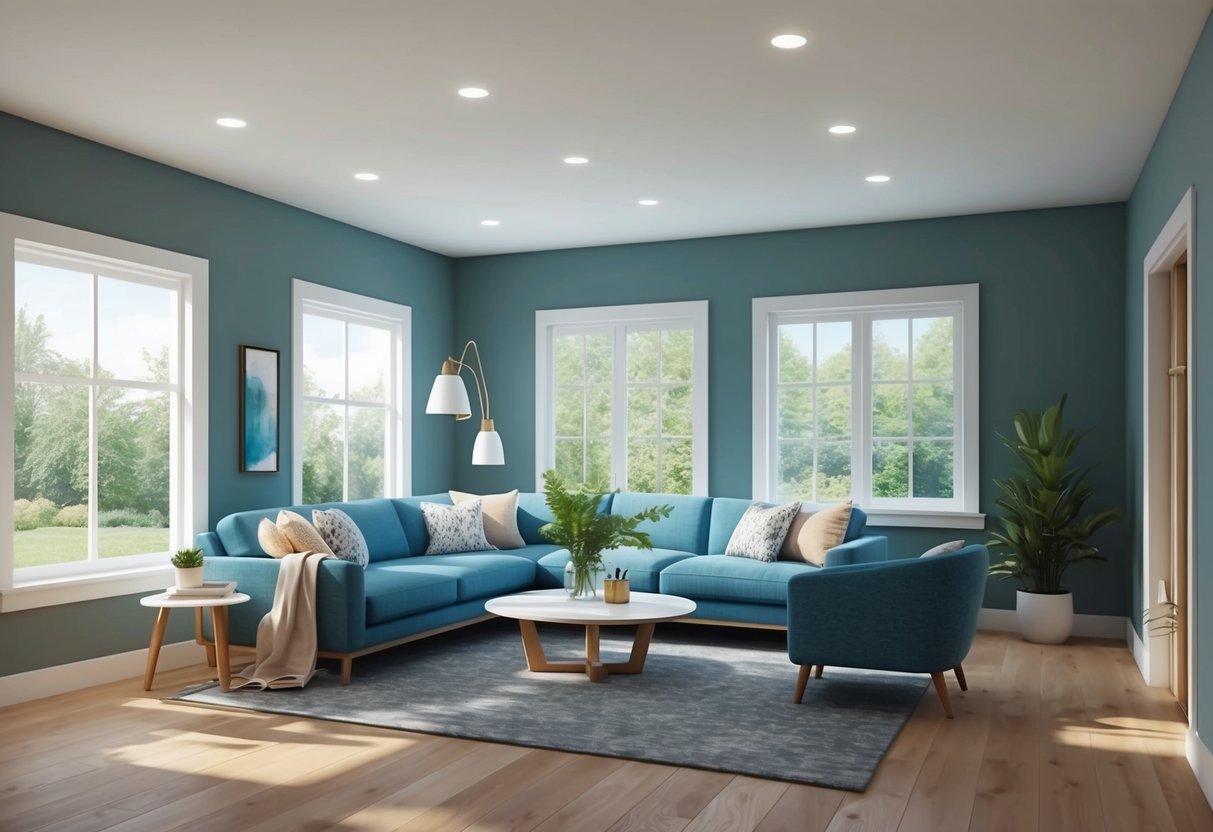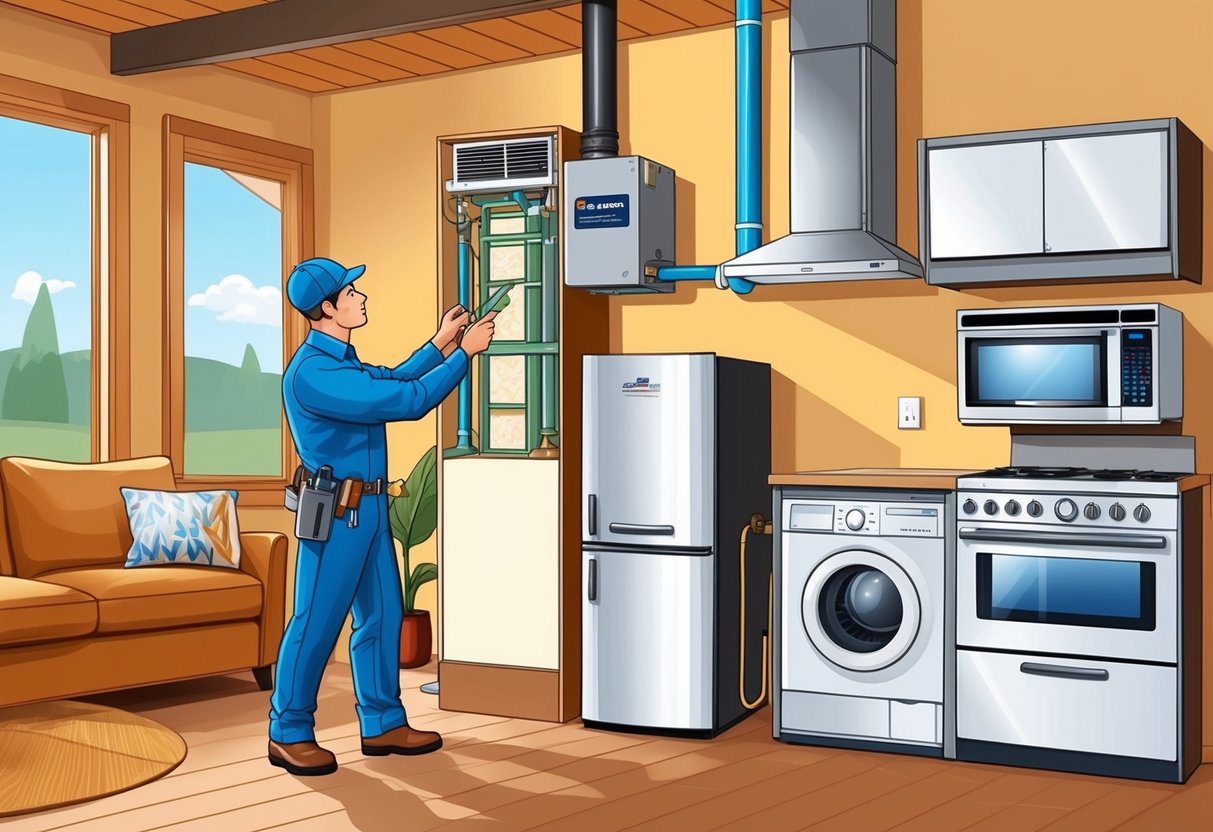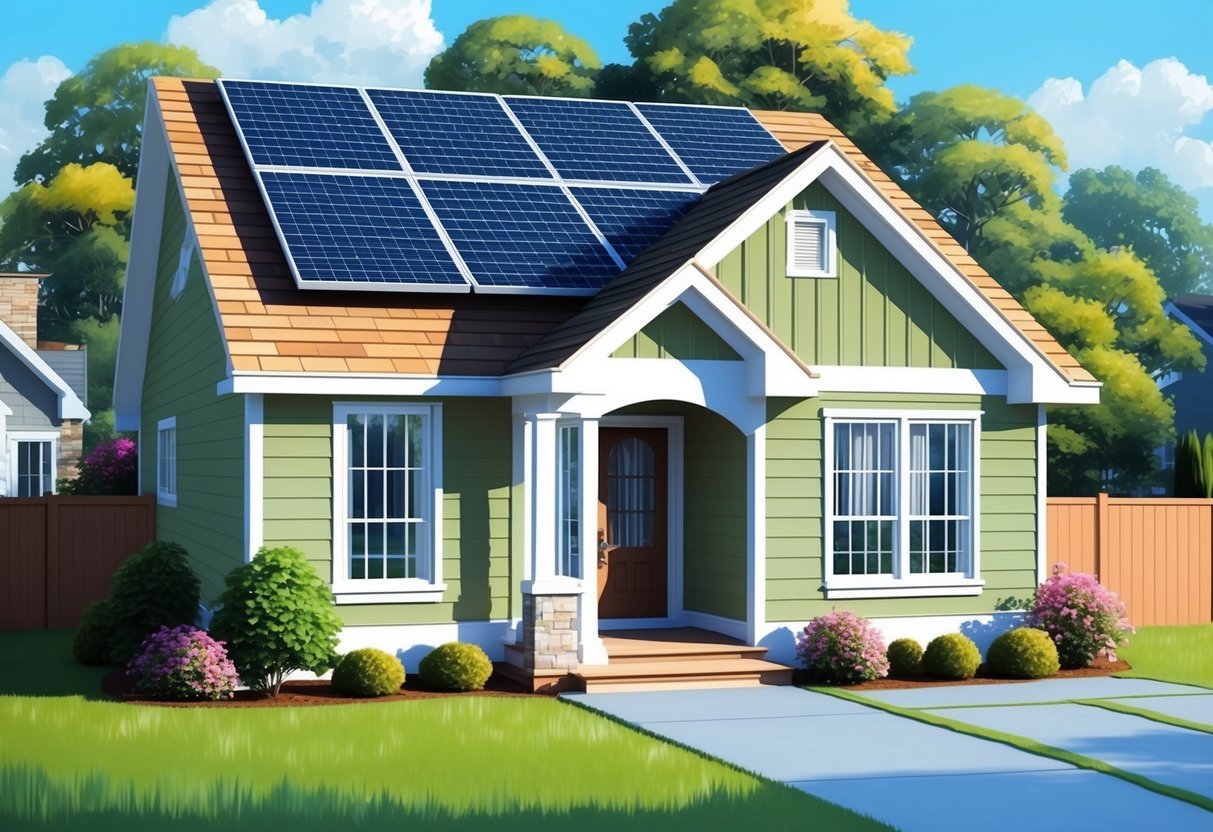
Routine Maintenance and Energy Audits

Regular upkeep and inspections help keep heating and cooling systems efficient, leading to lower energy bills and a more comfortable home. Assessing current energy use also pinpoints cost-saving opportunities through data-driven solutions.
Scheduling Regular HVAC Inspections
Annual inspections for heating, ventilation, and air conditioning (HVAC) systems are critical for maintaining top energy efficiency. A certified technician checks refrigerant levels, cleans coils, and inspects ductwork for leaks during these visits.
Dirty filters or clogged vents force systems to work harder, increasing power usage and costs. Replacing air filters every few months and having ductwork sealed helps prevent energy waste.
Well-maintained HVAC units not only use less energy but also improve indoor air quality and keep temperatures consistent throughout the home. Routine service appointments catch small problems early, avoiding major breakdowns that result in costly repairs or replacements.
Simple DIY checks, such as listening for unusual noises or monitoring humidity, can also signal when professional maintenance is needed.
Conducting a Home Energy Audit
A home energy audit gives a detailed analysis of where energy is lost and how heating and cooling systems perform. This process involves assessing insulation, checking for air leaks, and evaluating appliance efficiency.
Professional audits commonly include thermal imaging, blower door tests, and a thorough review of past energy bills. Homeowners receive a report outlining areas for improvement, from adding weatherstripping around doors to upgrading attic insulation.
Many utility companies and local programs even offer energy efficiency incentives for completing certain upgrades. Investing in a comprehensive audit helps target specific changes that maximize energy savings.
Identifying minor issues, such as drafty windows or old appliances, can lead to significant long-term reductions in utility costs and improved home comfort.
Frequently Asked Questions

Homeowners often seek ways to lower utility costs and improve indoor comfort by upgrading to energy-efficient products and practices. Choosing the right home improvements can also make properties more valuable and environmentally friendly.
What home improvements qualify for energy-saving tax credits?
Qualifying energy-saving upgrades include installing high-efficiency HVAC systems, energy-efficient windows and doors, improved home insulation, solar panels, and certain heat pumps. Many federal and state programs offer tax credits or incentives for these upgrades.
Homeowners should review current IRS guidelines and consult local programs to determine which improvements are eligible.
How can one most effectively reduce their home’s energy consumption?
The most effective strategies include sealing gaps and insulating attics, walls, and crawlspaces to prevent heat loss. Upgrading to LED lighting and ENERGY STAR-rated appliances is highly effective.
Simple steps like installing programmable thermostats and sealing ducts also provide a noticeable decrease in energy usage, as highlighted by ENERGY STAR’s recommendations.
Which energy-efficient upgrades offer the best return on investment?
Upgrades offering the best ROI include attic and wall insulation, air sealing, and replacing single-pane windows with double-pane or energy-efficient models. Efficient HVAC system upgrades and smart thermostats can further reduce utility bills over time.
Installing LED lighting is a quick, low-cost improvement with almost immediate savings, as explained in frequently asked energy questions.
What are some key features of an energy-efficient home design?
Key features include high-performance insulation, energy-efficient windows, and proper air sealing. Homes built with passive solar design principles, all-electric HVAC systems, and ventilation systems with energy recovery offer enhanced efficiency.
The use of advanced framing, sustainable building materials, and smart home technology also distinguishes energy-friendly homes, such as those described in energy-efficient home design FAQs.
Can you list top energy conservation tips for homeowners?
Switching to LED lighting, adding weather stripping to doors and windows, and using programmable thermostats are top tips. Sealing leaky ducts and upgrading insulation help maintain comfortable temperatures and lower costs.
Regularly maintaining heating and cooling equipment and unplugging electronics when not in use are also effective strategies for saving energy.
What are the benefits of participating in the Energy Saver program?
Participating in the Energy Saver program can help homeowners identify cost-effective upgrades. It can also reduce utility bills and improve overall comfort.
By following program guidelines, residents may qualify for rebates and incentives. These steps help modernize homes for long-term efficiency, as described by Southern California Edison’s Home Energy Guide.